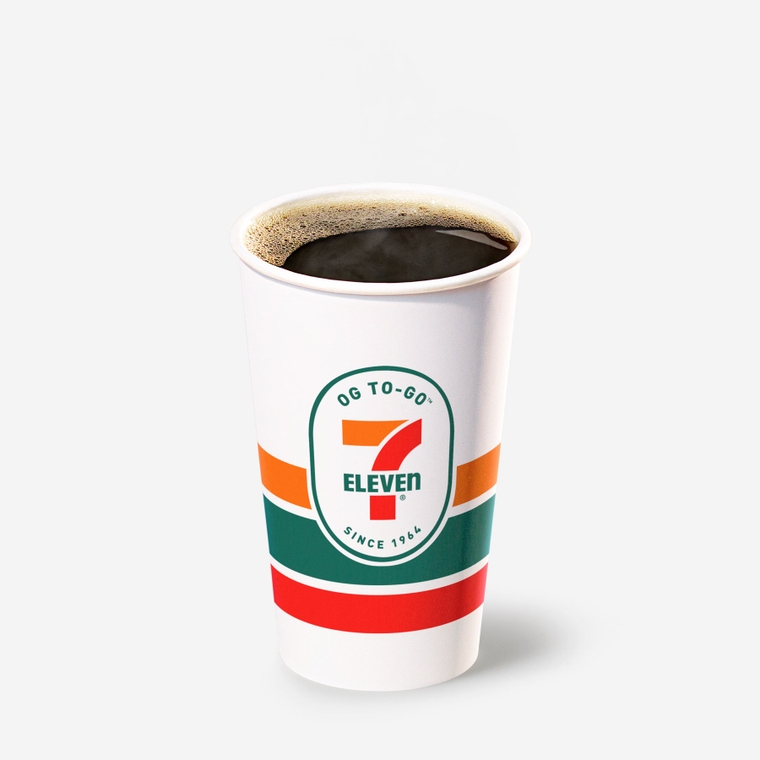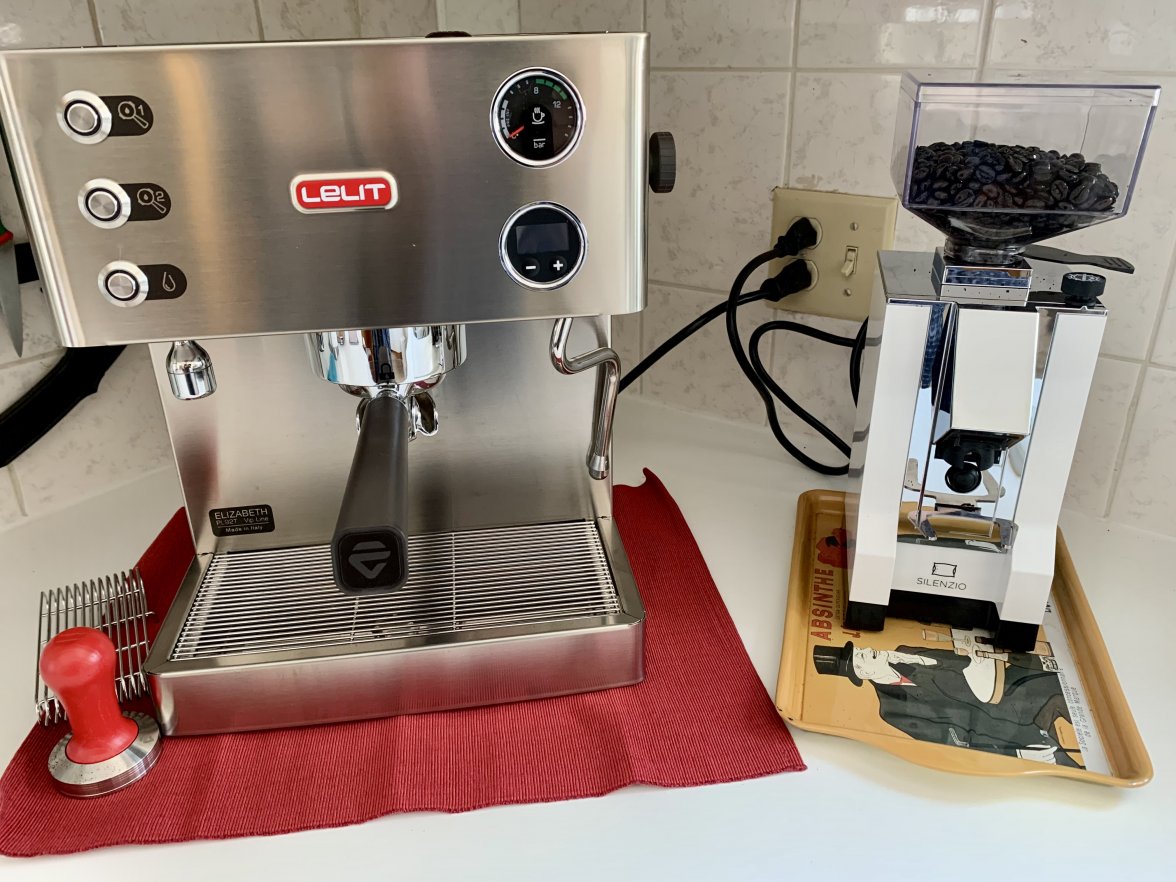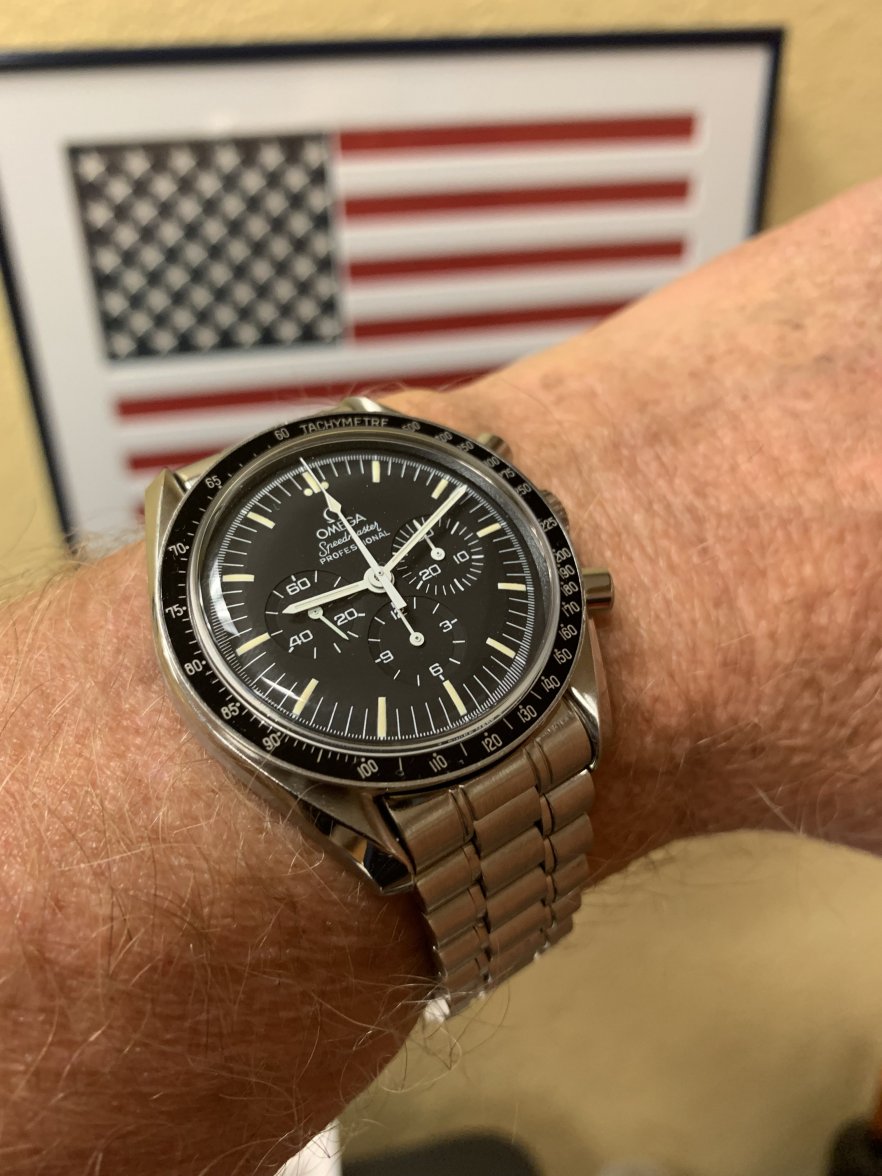BAJJ
·Two great machines there @Faz . Both will deliver a really good espresso and Latte. The appartemento is a really great looking machine, excellent quality, almost a piece of art in your kitchen. It has a heat exchanger boiler and although not as good as a dual boiler, it will steam the same time as pulling shots, no problem with your wife’s latte’s there. With the E61 group head its warm up time will be a lot longer than the Silvia Pro and without the PID you will need to temperature surf (i.e. pull a blank shot through the group head to stabilise the temperature). The Silvia Pro is a great machine and packs a lot of features for the price, these are extremely popular and for a good reason, they do an excellent job. So in a lot of respects it comes down to aesthetics, the appartemento will do everything you need and look amazing at the same time. The Silvia Pro trumps it in features and ease of operation but maybe not as easy on the eye. Good luck with your decision😀



